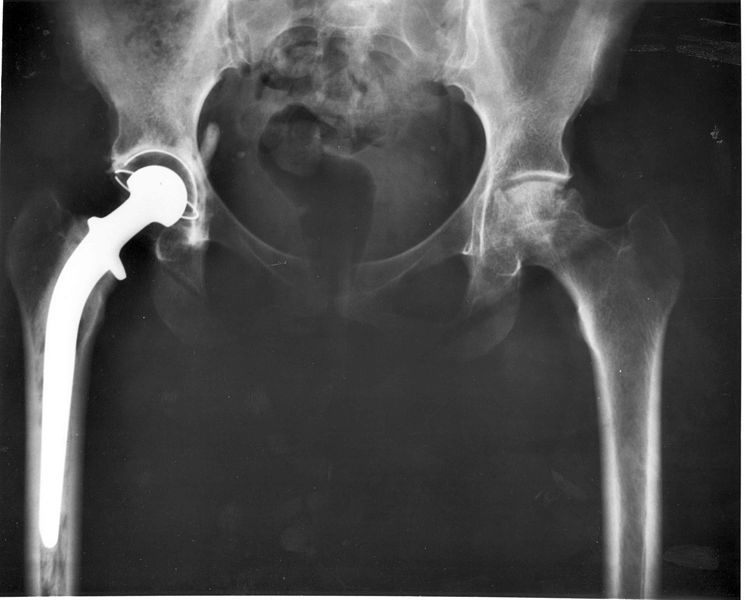
Around 80 million people worldwide suffer from hip osteoarthritis, of whom an increasing number require a replacement joint.
In England and Wales alone, 90,000 hip replacements are carried out each year.
While the majority of these replacements are considered a success, an increasing number of people are finding they do not regain the level of movement they were hoping for after surgery. What’s more, some replacements fail in the early stages due to mechanical problems with the artificial hip.
The simulator, being developed by a team led by Dr Sophie Williams at Leeds University with £1m funding from EPSRC, will allow the researchers to investigate the mechanical performance of hip joints - both “phantoms” designed to mimic real hips and artificial replacement components - when pushed to extremes of motion.
“Computer simulations are great, and they enable us to go through lots of different variables very quickly, but we need to understand what is physically happening to the materials,” said Williams.
“This project will look at mechanical performance when you go to extremes of motion, so not necessarily gymnastics, but maybe just bending down to tie your shoe laces, which can cause impingement in the joint.”
Williams will work with Prof Russ Harris and Dr Rob Kay, both advanced manufacturing engineers at Leeds, to develop materials and structures designed to mimic human bone and tissue.
One issue that can lead to osteoarthritis is when a patient’s hip is not as round as it should be, which interferes with the smooth motion of the ball within the socket.
“Part of the project will look at whether we can use additive manufacturing techniques to produce material properties like those you would see in the natural hip, so we can start to understand how the natural hip, when it is not quite the shape it should be, performs in those extremes of loading and motion,” she said.
Ultimately, Williams hopes to be able to advise surgeons on how best to position artificial hips, depending on factors such as the individual patient’s shape and gait.





Red Bull makes hydrogen fuel cell play with AVL
Formula 1 is an anachronistic anomaly where its only cutting edge is in engine development. The rules prohibit any real innovation and there would be...